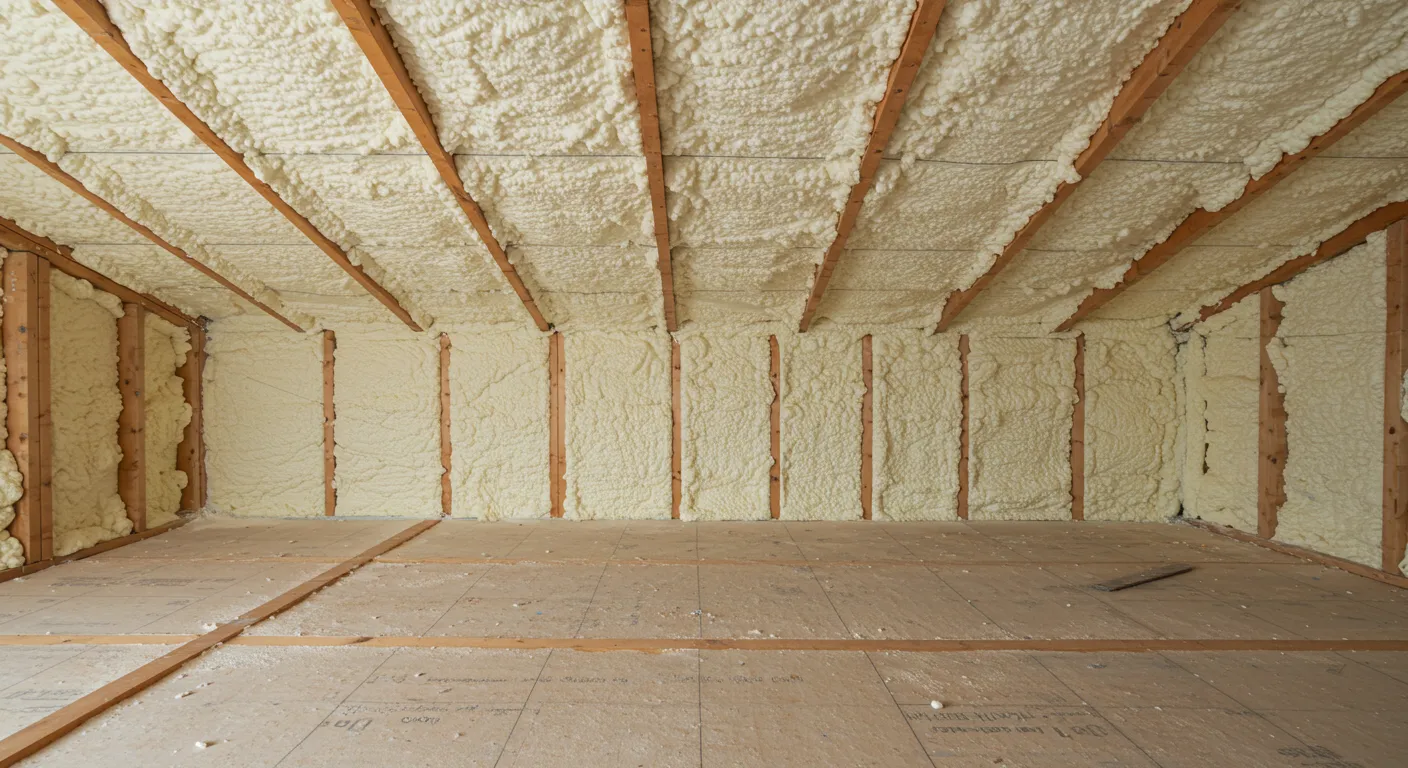
Spray foam insulation is popular for residential and commercial properties due to its high energy efficiency and long-term cost savings. Understanding the cost factors involved is crucial for property owners in Oklahoma City, OK, looking to insulate a 30×40 building. This guide provides a detailed analysis of the costs associated with spray foam insulation, including labor, material costs, and additional expenses.
Spray foam insulation comes in two primary types, each with its pricing structure and benefits:
Below is an estimated cost breakdown for a 30×40 building based on common insulation needs:
| Component | Cost Range |
| Open-Cell Spray Foam (3.5 inches) | $2,700 – $3,900 |
| Closed-Cell Spray Foam (2 inches) | $4,800 – $7,200 |
| Labor Costs | $1,200 – $3,600 |
| Additional Costs | $500 – $2,000 |
| Total Estimated Cost | $4,400 – $12,800 |
| Insulation Type | Cost per Sq. Ft. | R-Value per Inch | Lifespan |
| Fiberglass Batt | $0.30 – $1.00 | R-2.9 – R-3.8 | 10-20 years |
| Blown-In Cellulose | $0.60 – $1.80 | R-3.1 – R-3.8 | 15-30 years |
| Spray Foam (Open-Cell) | $0.45 – $0.65 | R-3.5 – R-4.0 | 20-30 years |
| Spray Foam (Closed-Cell) | $1.00 – $1.50 | R-6.0 – R-7.0 | 20-30 years |
For property owners in Oklahoma City, OK, investing in spray foam insulation for a 30×40 building offers long-term energy savings, structural benefits, and improved comfort. Costs vary based on the type of spray foam, labor expenses, and additional project requirements.
For professional spray foam insulation services in Oklahoma City, OK, Contact Red River Spray Foam Insulation to receive a customized estimate and expert guidance on optimizing your building’s energy efficiency.
Installation typically takes 1-3 days, depending on preparation work and weather conditions.
Yes, but extreme cold or heat may require specialized installation techniques to ensure proper adhesion.
Once cured, spray foam is non-toxic and safe for indoor environments. Proper ventilation is necessary during installation.
No, it requires minimal maintenance and retains its efficiency for decades.
DIY spray foam kits exist, but professional installation ensures proper application and maximum efficiency.
Spray foam provides superior air sealing, moisture resistance, and durability compared to fiberglass.
In some cases, spray foam insulation may qualify for energy efficiency tax credits. Check with local programs.